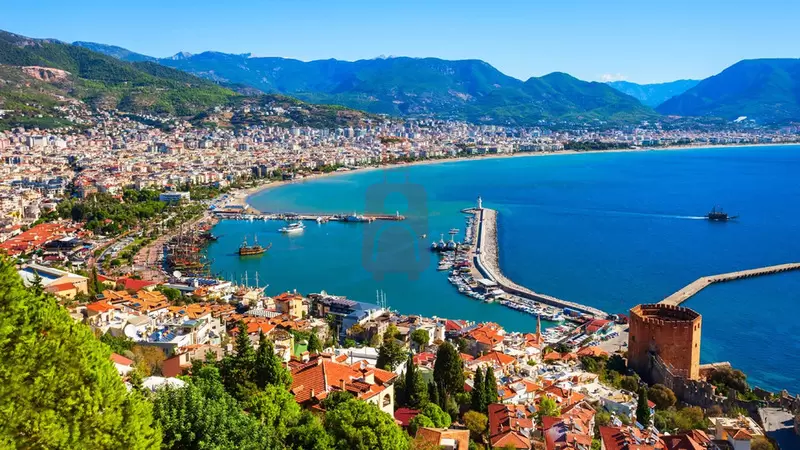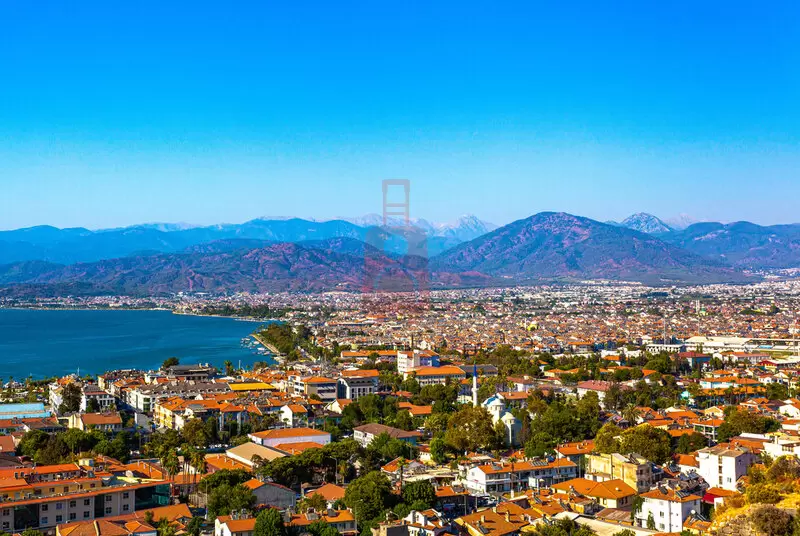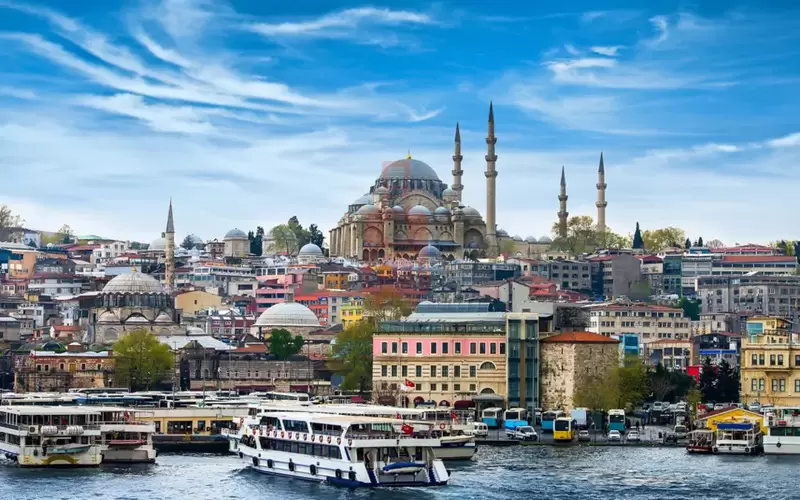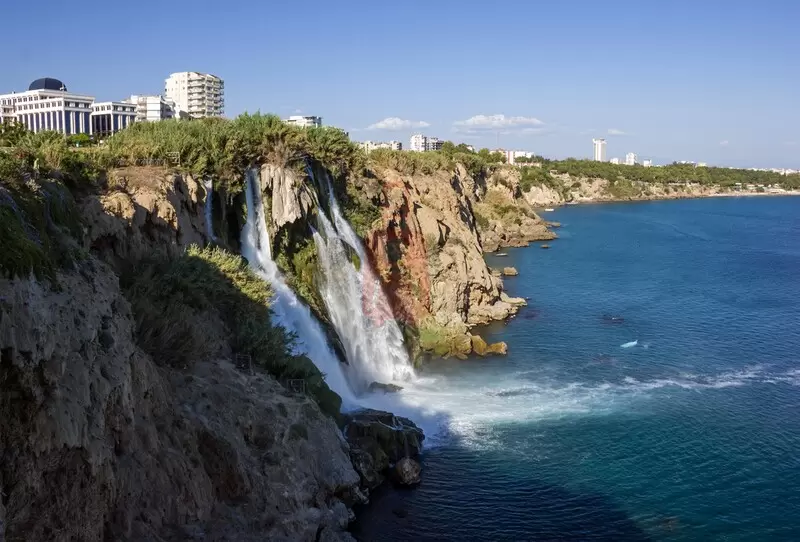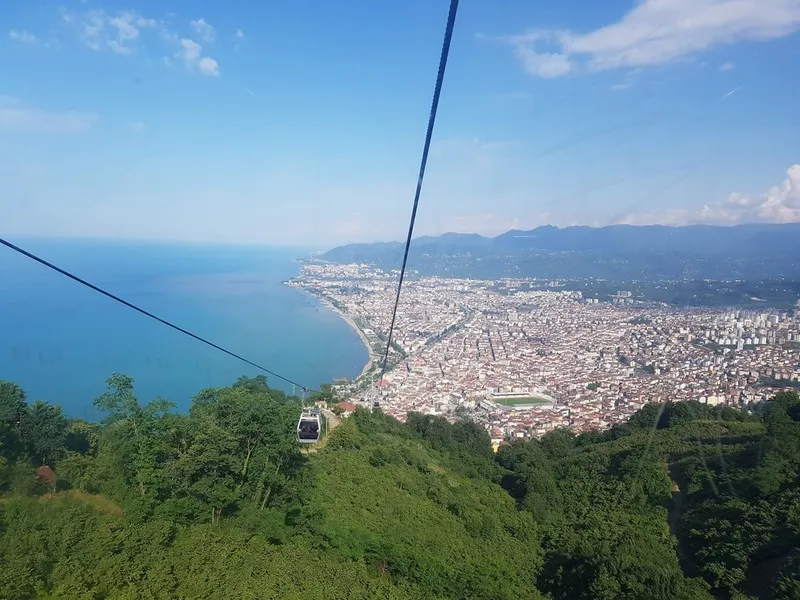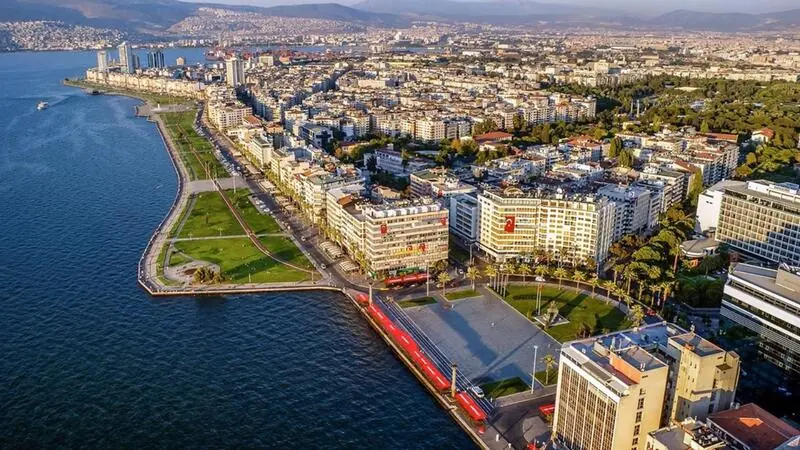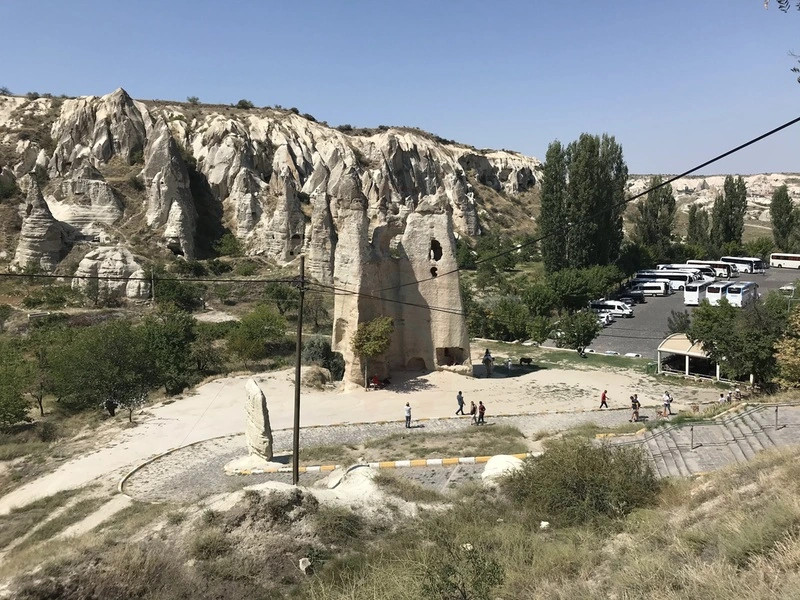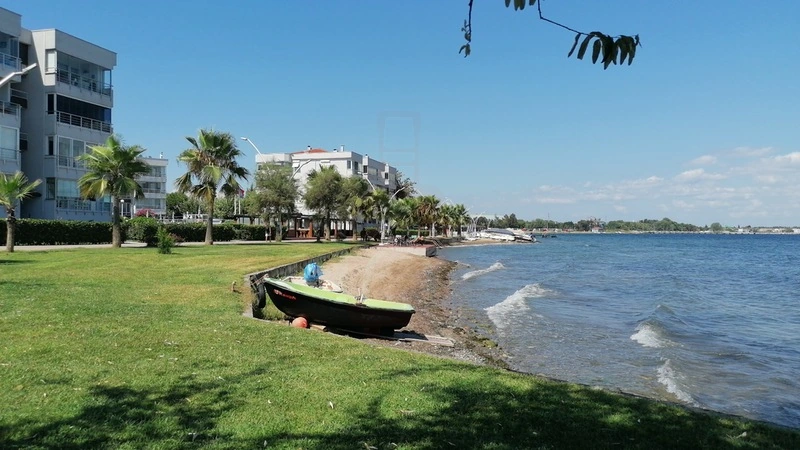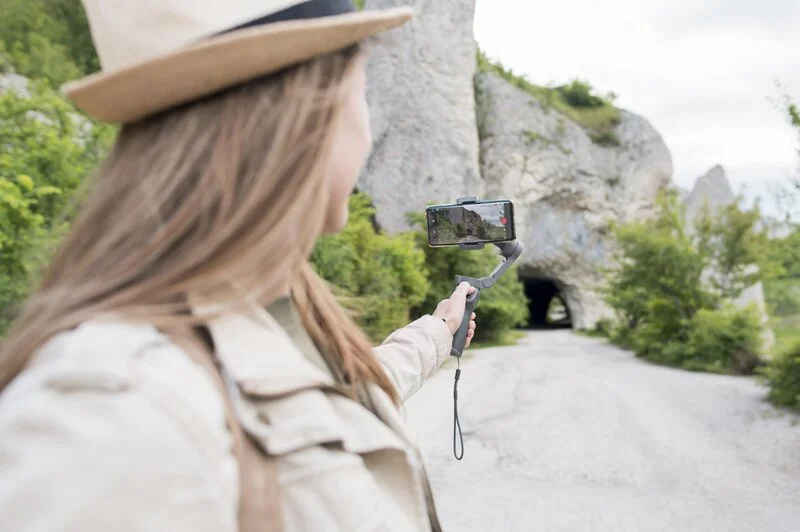
Photography Trips in Türkiye: Capturing Light, History, and Surreal Landscapes
Türkiye is an unparalleled destination for [Photography Trips], offering visual artists an endless array of subjects—from the surreal volcanic landscapes of Central Anatolia to the intimate texture of Ottoman architecture and the epic scale of ancient Roman cities. Every region presents a distinct palette of light, color, and texture, ensuring that both professional and amateur photographers return with a portfolio rich in diversity and storytelling potential.
As your professional guide, I confirm that successful photography travel in Türkiye requires meticulous planning around the [Golden Hour] (sunrise/sunset), understanding the complex light conditions (harsh midday sun vs. soft morning light), and selecting locations where natural beauty and history converge. This detailed guide explores the essential photographic hubs, highlights the best times for shooting, and offers technical advice for capturing the soul of Anatolia.
I. The Iconic and Ethereal: Central Anatolia
The [Kapadokya] region is a geological and photographic marvel, offering the most recognizable and dreamlike images in Türkiye.
Cappadocia: Balloons, Valleys, and Astrophotography
The primary photographic challenge and reward in [Kapadokya] is the light interaction with the [Fairy Chimneys] and the daily [Hot Air Balloon] spectacle.
- The Golden Hour: The must-capture moment is [Sunrise]. Photograph the hundreds of colorful balloons ascending simultaneously over the [Göreme Valley] and [Love Valley]. The best vantage points are the high terraces of [Uçhisar Castle] or designated [Panorama Points]. Specialized tours offer [Classic Car Tours] to these viewpoints, providing a stylish foreground element for photos.
- Landscape Texture: Utilize the harsh midday light to capture the deep shadows and texture of the volcanic rock and the rock-cut [Cave Houses]. The muted colors of the [Rose Valley] and [Red Valley] are best captured at sunset when the rocks turn vibrant hues of pink and orange.
- Night Photography: Far from urban light pollution, [Kapadokya] is excellent for [Astrophotography] (night sky photography). The unique shapes of the Fairy Chimneys provide dramatic silhouettes against the stars, requiring long exposure and careful sky-tracking.
II. The Urban and Architectural Canvas: Istanbul and the Southeast
These cities offer architectural contrast, portrait opportunities, and a deep, layered historical narrative.
Istanbul: From Grandeur to Grime
[Istanbul] offers endless photographic themes, requiring both wide-angle and close-up lenses:
- The Historic Silhouette: Capture the iconic skyline from the [Galata Tower] or [Pierre Loti Hill] at sunset, focusing on the domes of the [Hagia Sophia] and [Blue Mosque] against the [Bosphorus] waterway.
- Street and Portraiture: The [Fener-Balat] districts (with their colorful, decaying Ottoman-era houses and steep, cobbled streets) and the bustling [Kapalıçarşı] (Grand Bazaar) offer superb opportunities for human interest and architectural texture, capturing daily life and vibrant culture.
- Sea and Light: The views from the Bosphorus ferries or the [Ortaköy Mosque] (especially when illuminated at night) provide classic, powerful images of the city's maritime history.
Mardin: Monochrome and Mysticism
[Mardin] is a gift for photographers specializing in texture, architecture, and historical atmosphere.
- Golden Stone: The city’s uniform stone architecture takes on magnificent colors during the [Golden Hour]. Photograph the cascading stone houses, known as [Artuklu] architecture, stacked up the hillside, creating an unparalleled sense of ancient urban sprawl.
- Historical Contrast: Focus on the silhouettes of the [Zinciriye Medresesi] or [Mardin Ulu Camii] against the vast, flat [Mesopotamian Plain] at sunset.
III. Nature, Ruins, and Dramatic Landscapes
Türkiye's remaining routes provide unique challenges, from pristine white terraces to isolated mountain sanctuaries.
- Pamukkale and Contrast: [Pamukkale] (Denizli) offers a study in contrast. The bright white [Travertines] and blue mineral water are best captured at sunrise or sunset when the light softens, minimizing the harsh glare and maximizing the reflections. The adjacent [Hierapolis Ancient City] provides a strong historical foreground.
- Nemrut Dağı (Eastern Giants): For truly epic, remote landscapes, travel to [Nemrut Dağı] (Adıyaman). Capturing the colossal, scattered stone heads of the [Commagene Kingdom] against the stark mountain scenery is best done at [Sunrise or Sunset] to emphasize the scale and drama of the site.
- Lycian Coast and DWS: The coastline around [Kaş] and [Fethiye] offers spectacular natural shots. Capture the vibrant turquoise waters of [Kaputaş Plajı] or the haunting beauty of the abandoned Greek village of [Kayaköy] (Fethiye). For nature photographers, the lakes and forests of [Abant Gölü] (Bolu) and [Kaz Dağları] (Çanakkale) offer year-round scenery.
IV. Technical Tips for Photographers
To ensure you capture the best images, remember these essential tips:
- Lens Choice: Bring a wide-angle lens (16–35mm) for vast landscapes (Cappadocia, Nemrut) and a mid-telephoto (70–200mm) for isolating balloons or architectural details.
- Filters and Stability: A [Tripod] is mandatory for sunrise and night shots. A [Polarizing Filter] is essential for cutting glare on the [Mediterranean] and maximizing the blue colors of the sea.
- Dust Protection: In Cappadocia, the volcanic dust is fine and pervasive. [Protect your gear] with dust covers or seals and avoid changing lenses in windy, open areas.
A [Photography Trip] to Türkiye is a journey that promises to challenge your technical skills and reward your artistic vision with a vast and varied visual narrative.
